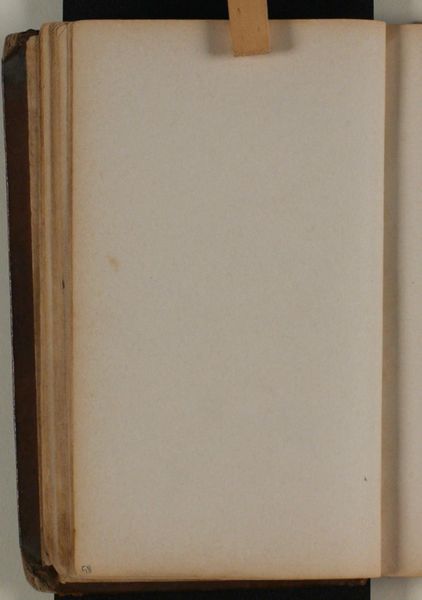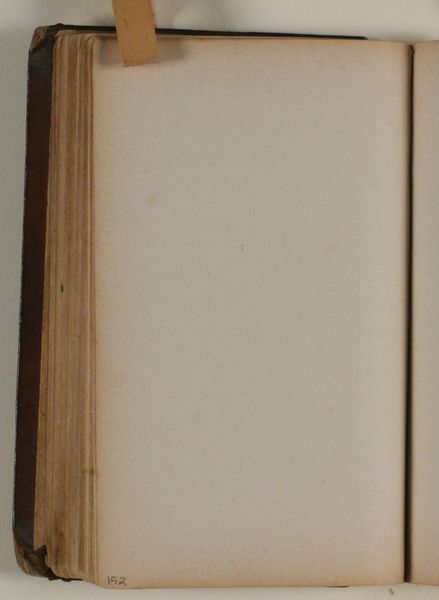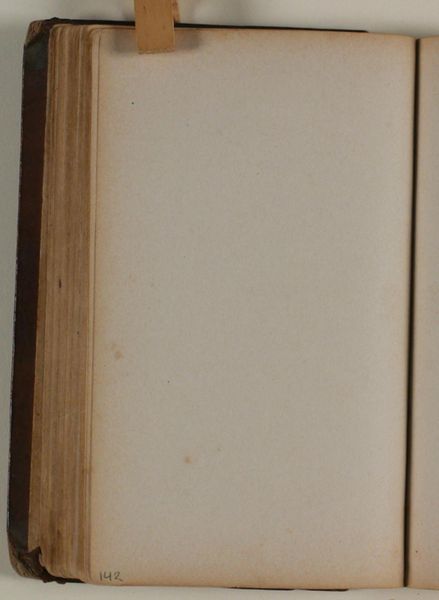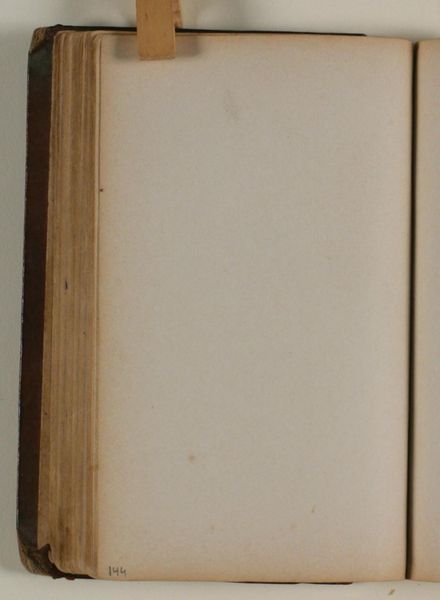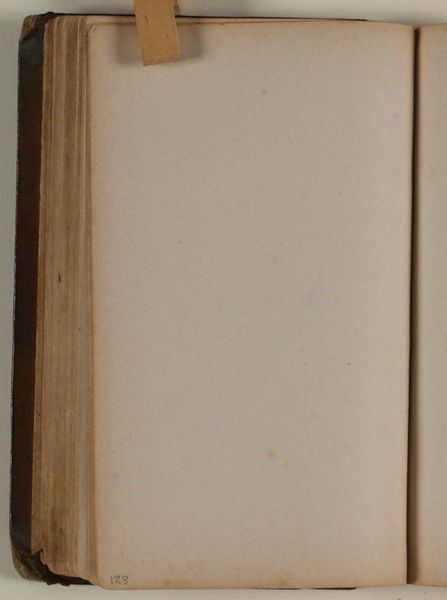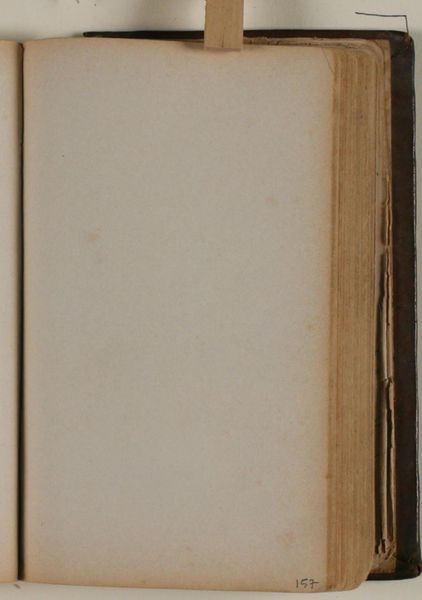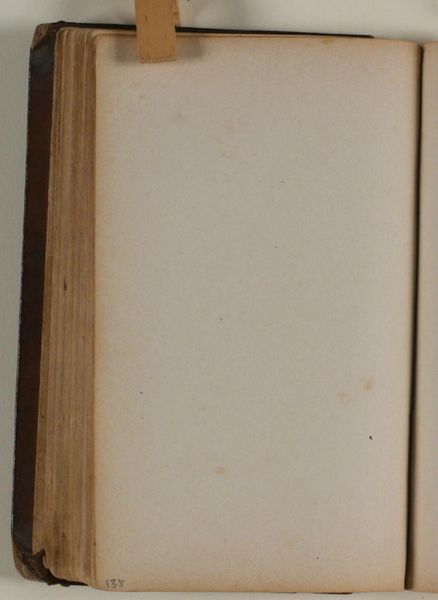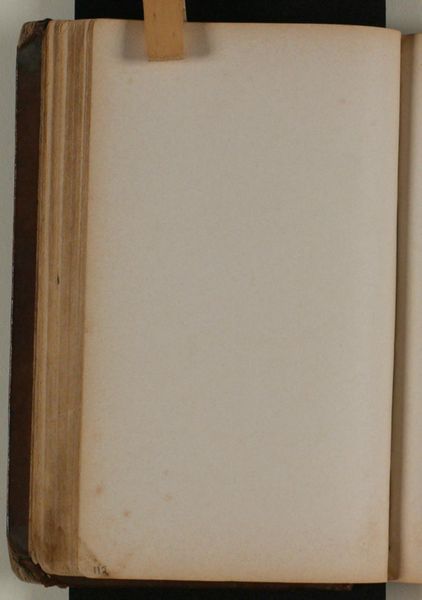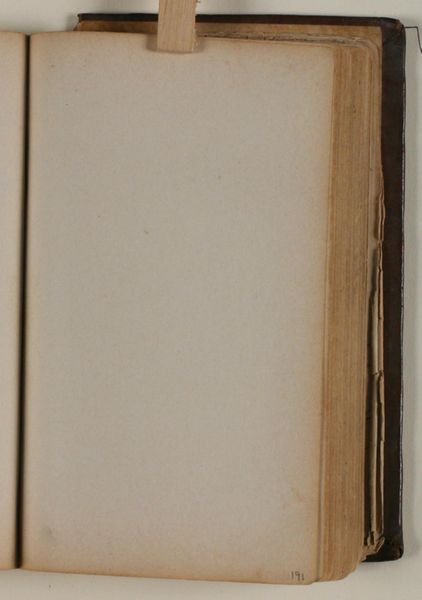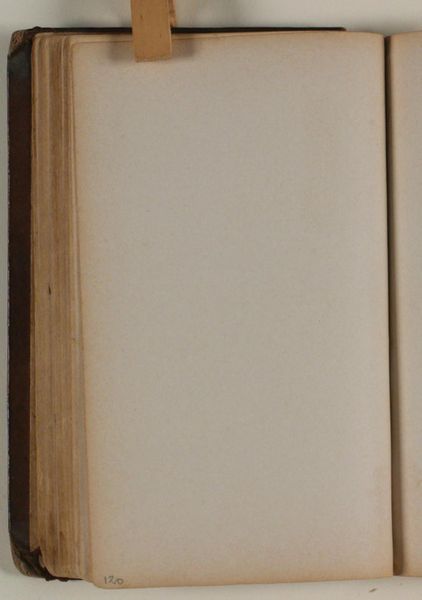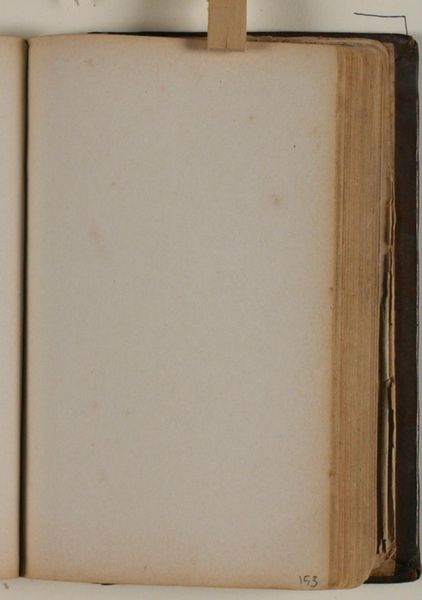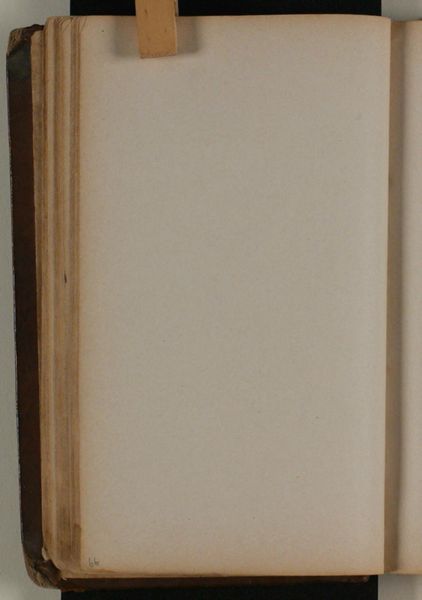
Curator: Well, this is certainly... unexpected. We have here "Blank," a drawing by Niels Larsen Stevns, made sometime between 1864 and 1941. It appears to be a sketch, or perhaps even a watercolor study on paper. Editor: My initial thought is, emptiness as protest? The stark blankness immediately draws attention to the potential absence, maybe highlighting censorship, silencing, or a space deliberately left void within societal narratives. Curator: I think it’s a bit too abstract to immediately jump to such a conclusion. But there's undeniably something provocative in its deliberate lack of content. Perhaps the very blankness becomes a vessel, encouraging each viewer to project their own interpretations and emotions onto it? Editor: Exactly. The artist is giving us permission, demanding us in fact, to inscribe it with our own histories. What are we supposed to see or, even more powerfully, what are we not allowed to see? Where have these images been forcibly erased? I'm curious about the period it comes from – were there socio-political climates where such blankness could be read as defiance? Curator: That’s definitely something to explore given the work is labeled as belonging to the impressionistic style. There is something to be said for art making that tries to capture something true without depicting some grand allegory. Consider that an empty canvas could symbolize hope, new beginnings, a clean slate, you know? Or maybe the artist never had time to fill in the space? Editor: True, the symbolism cuts both ways. On the one hand, it echoes possibilities, potential. On the other, the fact that it’s labeled "Blank" forces the eye to confront issues surrounding identity, memory, or what gets officially documented. It can signify a profound loss, like a space that has been purged and whitewashed over by colonizers. Curator: Or what has been consciously left out, unspoken… "Blank" operates almost as a mirror, reflecting the viewer's own preoccupations. Art isn't just about what’s presented but what’s evoked, wouldn’t you say? Editor: Yes. And sometimes, the most potent message lies precisely in what isn't there. It really demands we grapple with the active erasure in our historical record. Curator: This piece might seem outwardly simple, but clearly "Blank" sparks important discussions on representation and what it means to have a voice, wouldn't you agree? Editor: Absolutely. It compels us to keep seeking the obscured narratives, and challenging conventional understandings of the historical discourse.
Comments
No comments
Be the first to comment and join the conversation on the ultimate creative platform.
